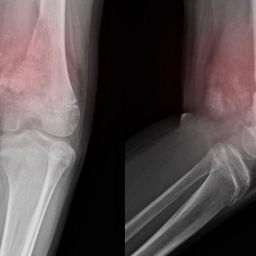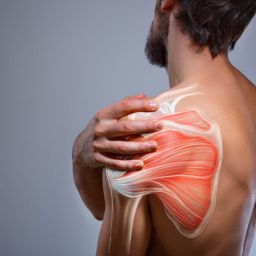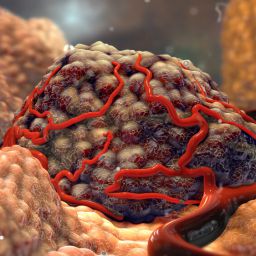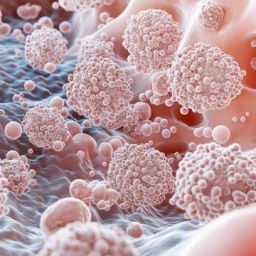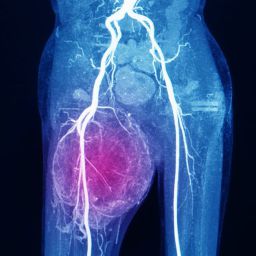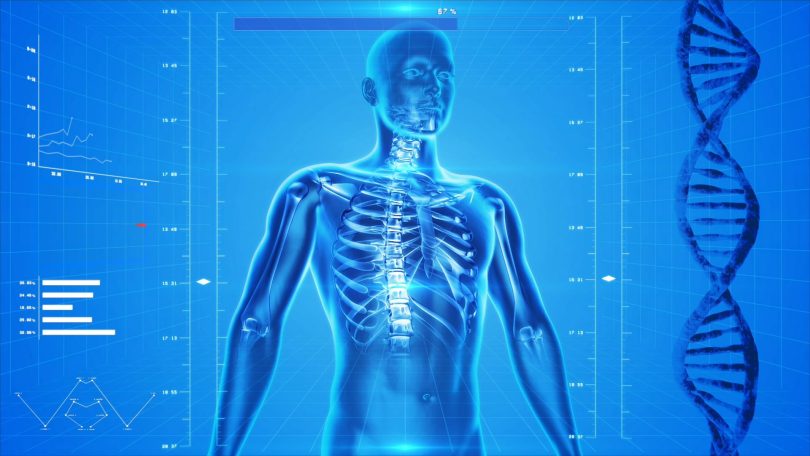
1. The Importance of Aesthetic Considerations in Soft Tissue Cancer Treatment
Aesthetic concerns are often overlooked in the treatment of soft tissue cancer, with the primary focus being on the eradication of the tumor and the restoration of physical function. However, as patients undergo surgery to remove tumors, the resulting scars, disfigurement, or loss of tissue can significantly alter their physical appearance and self-esteem. These aesthetic changes can lead to feelings of body image distress, social withdrawal, and a diminished quality of life, which can all affect the rehabilitation process.
A. Emotional and Psychological Impact of Aesthetic Changes
For many patients, especially those who undergo surgery in visible areas of the body (e.g., the face, arms, or legs), the aesthetic consequences of cancer treatment can be deeply distressing. The visible scars, alterations in skin texture, and changes in body symmetry can create feelings of embarrassment, anxiety, or self-consciousness. These emotional responses can hinder rehabilitation by affecting a patient’s willingness to engage in physical therapy, follow treatment protocols, or participate in social activities.
Patients may experience:
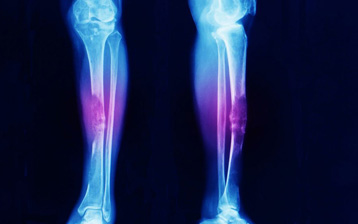
- Body Image Disturbance: The most immediate and noticeable impact of surgery for soft tissue cancer is often the change in appearance. Patients may feel uncomfortable or ashamed of visible scars or disfigurement, leading to negative body image perceptions.
- Depression and Anxiety: As a result of altered appearance and function, patients may experience feelings of depression, anxiety, or even post-traumatic stress disorder (PTSD). These mental health challenges can be compounded by the stress of cancer diagnosis and treatment.
- Social Isolation: The fear of judgment or stigma related to physical changes can cause patients to withdraw socially. This isolation can affect rehabilitation, as social support plays an essential role in the recovery process.
- Lower Self-Esteem: Aesthetic changes can lead to diminished self-esteem, which can further exacerbate feelings of helplessness or worthlessness, affecting overall rehabilitation progress.
B. The Role of Support Systems in Addressing Aesthetic Concerns
A key factor in managing the emotional and psychological effects of aesthetic changes is the presence of a strong support system. Family members, friends, and healthcare providers can provide reassurance, encouragement, and understanding as patients cope with their new appearance. Additionally, psychological counseling and support groups can be invaluable in helping patients work through body image concerns and maintain a positive outlook during rehabilitation.
2. Reconstructive Surgery: Enhancing Aesthetic Outcomes
Reconstructive surgery plays an important role in addressing the aesthetic concerns of patients undergoing soft tissue cancer treatment. By restoring the appearance of the affected area, reconstructive surgery can help improve body image, reduce emotional distress, and promote a more positive rehabilitation experience.
A. Types of Reconstructive Surgery
Several types of reconstructive surgery may be considered following soft tissue cancer treatment, depending on the location and extent of the tumor and the patient’s specific needs:

- Tissue Flaps: Tissue flaps involve using healthy tissue from another part of the body (e.g., skin, fat, muscle) to cover the surgical site. This technique is commonly used when large areas of soft tissue are removed during cancer surgery.
- Skin Grafts: Skin grafts are used when there is significant skin loss after surgery. The patient’s own skin (autograft) or donor skin (allograft) is used to cover the wound and restore the appearance of the skin.
- Prosthetics: For certain types of soft tissue cancers, such as those affecting the limbs or head and neck, prosthetic devices may be used to replace missing body parts. Prosthetics can improve appearance, restore function, and boost self-esteem.
- Fat Grafting: Fat grafting involves harvesting fat from one area of the body and transferring it to the affected area to restore volume, smoothness, and contour.
- Microsurgical Reconstruction: This highly specialized procedure involves reattaching small blood vessels and nerves to restore tissue and function. It is often used in cases where complex reconstruction is needed to restore both appearance and function.
B. Benefits of Reconstructive Surgery
Reconstructive surgery provides numerous benefits beyond aesthetic improvements:
- Improved Body Image: By restoring the appearance of the affected area, reconstructive surgery can help patients feel more comfortable with their bodies, promoting a more positive self-image and improving emotional well-being.
- Enhanced Quality of Life: The psychological benefits of reconstructive surgery can be substantial. Patients often report an improved sense of confidence and self-worth, leading to better engagement in social, professional, and recreational activities.
- Functional Restoration: In addition to cosmetic outcomes, reconstructive surgery can restore function to the affected area. For example, if the tumor was in an area like the limb or jaw, surgery can help restore mobility and improve daily functioning.
- Psychological Healing: The act of undergoing reconstructive surgery can help patients feel empowered and regain control over their bodies. This process can have a positive effect on their overall mental health, helping them move forward in their rehabilitation journey.
3. Physical Rehabilitation and Its Integration with Aesthetic Concerns
Physical rehabilitation is a crucial component of recovery following soft tissue cancer surgery. The rehabilitation process not only focuses on restoring physical function but also addresses the impact of aesthetic changes, ensuring that patients can regain their quality of life and feel confident in their appearance and abilities.
A. Addressing Aesthetic Concerns in Physical Therapy
Physical therapists play a key role in the rehabilitation process by providing support that goes beyond physical healing. They help patients address aesthetic concerns by focusing on functional restoration, while also incorporating exercises and treatments that improve body image.
For instance:
- Scar Management: Physical therapists can assist patients with scar management techniques, such as massage, stretching, and the use of silicone gel sheets, to reduce the appearance of scars and improve skin flexibility.
- Range of Motion Exercises: After surgery, patients may experience stiffness or loss of mobility in the affected area. Rehabilitation exercises designed to improve range of motion can help patients regain function and improve the appearance of the surgical site by preventing contractures or tightness.
- Posture and Alignment Correction: Physical therapists may also focus on improving posture and alignment, particularly if the surgery affects the musculoskeletal system. This can help patients feel more confident in their appearance and movement.
B. Mental Health and Emotional Support
In addition to physical rehabilitation, emotional and psychological support is integral to the rehabilitation process. Addressing the mental health aspects of recovery, including coping with body image concerns and adjusting to changes in appearance, is essential for successful rehabilitation.
- Counseling Services: Many cancer centers provide access to mental health professionals who specialize in supporting patients with body image issues and emotional distress. Psychotherapy, cognitive-behavioral therapy (CBT), and group therapy are common approaches to help patients cope with the psychological impact of soft tissue cancer surgery.
- Support Groups: Connecting with others who have undergone similar experiences can be an important part of the recovery process. Support groups provide a safe space for patients to share their challenges, learn coping strategies, and gain emotional support.
Aesthetic concerns are an integral aspect of the rehabilitation process following soft tissue cancer surgery. The emotional and psychological impact of physical changes, including visible scars and altered body appearance, can affect a patient’s self-esteem, body image, and social interactions. Reconstructive surgery plays a vital role in addressing these concerns by restoring both function and appearance, improving overall quality of life.
Physical rehabilitation, when integrated with aesthetic considerations, can help patients regain mobility, flexibility, and confidence. By addressing the psychological, emotional, and physical challenges that arise after surgery, a holistic approach to rehabilitation can empower patients to heal and thrive in their recovery journey.

